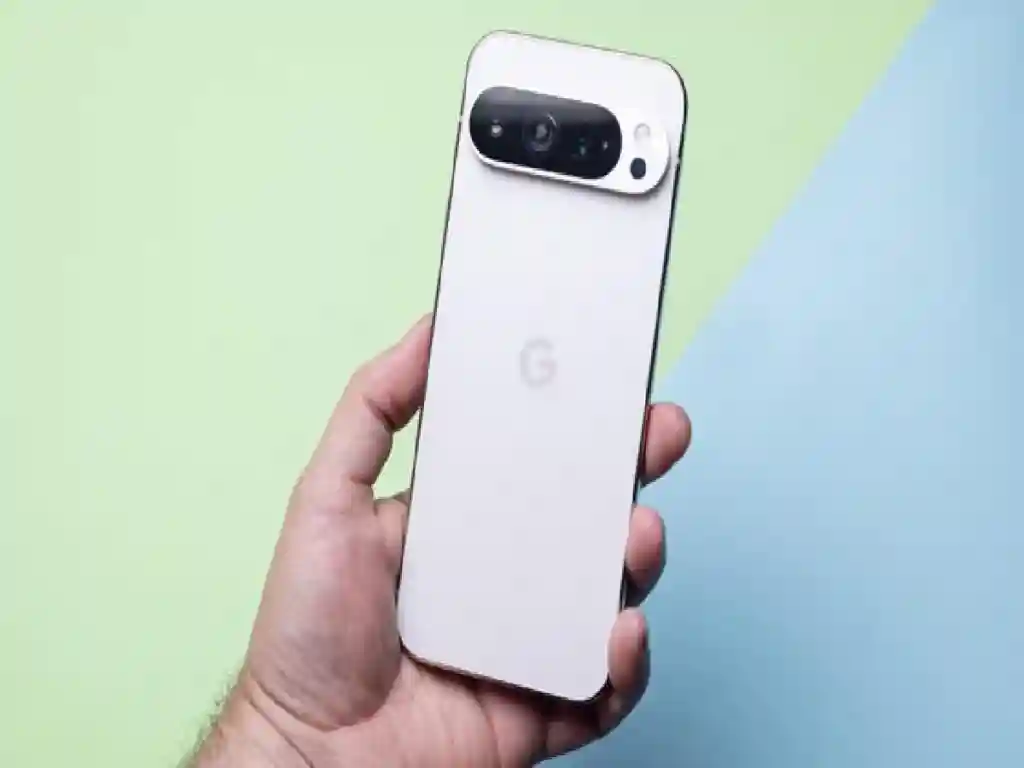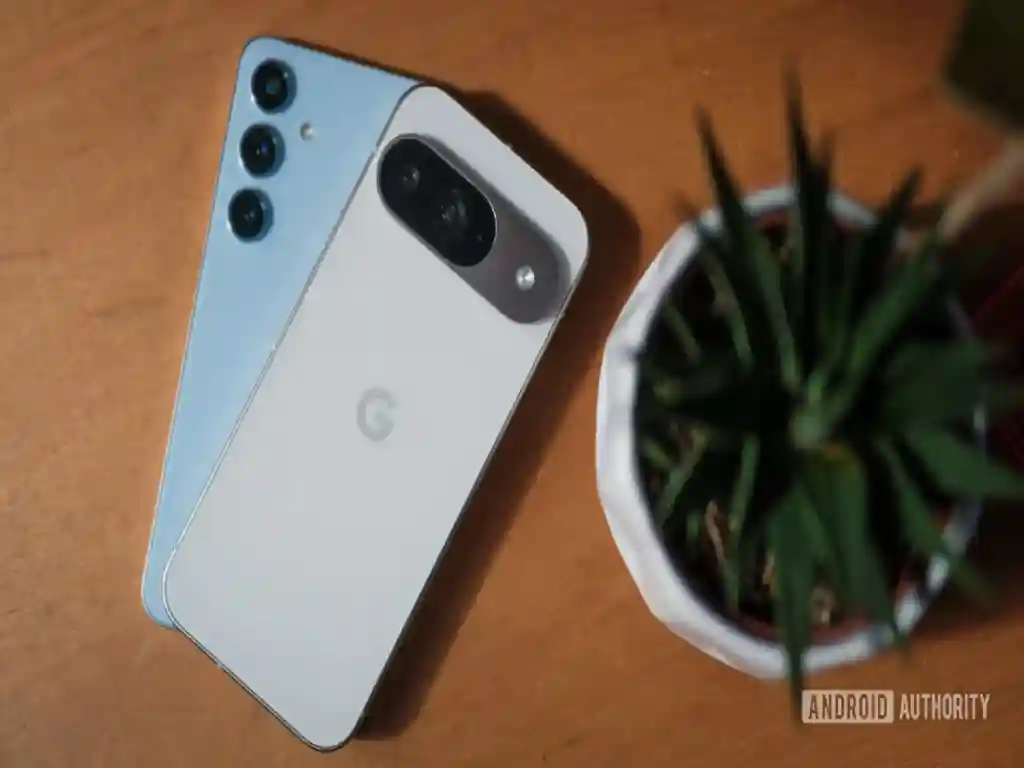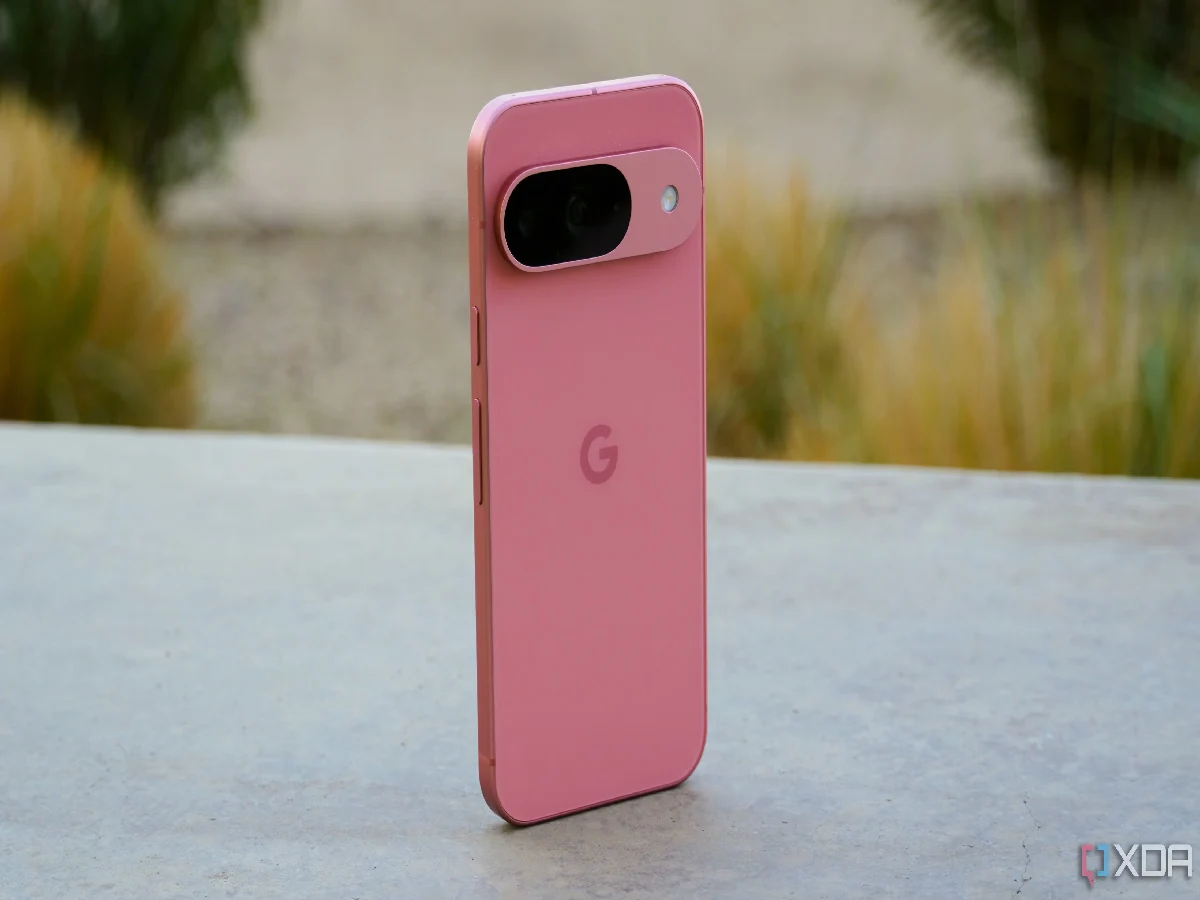The Pixel 9 is an excellent illustration of how regular, modest improvements can result in a product that feels polished and finished. Year after year, Google has made subtle changes—a slightly speedier fingerprint sensor here, some uniform bezels there—that don’t make headlines but eventually result in a smartphone that feels just perfect. Holding the Pixel 9, I can feel the progress, and I must say it’s impressive.
Compared to its Pro predecessors, the Pixel 9 has 12GB of RAM rather than 16GB and lacks a telephoto lens. In terms of size, it is smaller than the larger Pixel 9 Pro XL and comparable to the ordinary Pixel 9 Pro. Unlike the foldable Pro model, the Pixel 9 has a basic design.
What is the best part? The Pixel 9 simply works. The display is bright and colorful, and the battery easily lasts all day. The fingerprint sensor is finally fast and dependable. Although it costs Rs 79,999, it is still in line with the average price for flagship phones that are not ‘Pro’ variants. This year, the Pixel line truly seems like it has earned its place alongside industry heavyweights like Samsung and Apple. It took Google a few years, but they’ve finally arrived.
Design, build, and camera: Familiar but improved.
Yes, from the front, the Pixel 9 looks like an iPhone, with rounded screen corners and flat sides. However, when compared to current Pixel models, its design feels more secure in the hand and has a far lower likelihood of slipping. The 6.3-inch screen is somewhat larger than the Pixel 8’s, and while the 1080p quality isn’t remarkable, it’s sharp enough to provide a pleasant viewing experience.
In terms of camera capabilities, the Pixel 9 has the same main and ultrawide cameras as the Pro models, but no telephoto lens. Many flagship phones do not include a telephoto lens, so this is not a deal-breaker. Google’s lossless 2x crop zoom is adequate for most situations, but it lacks the spectacular 5x zoom of the Pixel 9 Pro and the 3x zoom for portrait photographs featured on devices such as the Samsung Galaxy S 24. This is perhaps the only important feature I lost when I switched from the Pro model to the ordinary Pixel 9.

Performance and battery life: Solid all-rounder.
Battery life and screen brightness are consistent with the rest of the Pixel 9 series. Even with moderate to heavy use, the device easily lasts the entire day, and the screen is usable even in broad sunshine. The Pixel 9 is powered by Google’s latest Tensor G4 chipset, which is available in all four Pixel 9 versions. It handles daily chores with ease and does not heat up as much as its predecessor, while continuous usage of media-heavy programs may cause it to warm up slightly – but not to an alarming degree.
These incremental improvements have gradually converted the Pixel 9 into a very polished gadget. Earlier models suffered from a variety of difficulties, including overheating chipsets, odd designs, and subpar displays. The non-Pro Pixel has progressed from an upper mid-range alternative to a real flagship, thanks to improvements such as faster screen refresh rates and better camera features. Quality-of-life improvements, like as the ability to utilize face unlock for payments and a significantly enhanced fingerprint scanner, have also contributed to its reliability, making it a viable option for anyone, computer savvy or not.
Software and AI Features: A Mixed Bag
Google has improved the hardware, and the software is still as clear and intuitive as ever. However, in 2024, any smartphone debate will unavoidably include AI. The Pixel 9 foregoes some of the AI-powered capabilities reserved for the Pro versions, such as Video Boost for improving low-light footage. But it still has a plethora of AI capabilities, like Reimagine, Screenshots, and Pixel Studio. While these features demonstrate promise,
They currently feel disconnected. Managing AI-generated alternatives, such as adding a birthday party invite to pictures or asking Google Assistant to schedule it, can be more difficult than useful. Google’s AI skills are improving, but they are not yet the seamless experience that they want to be.
One of the most noticeable features of the Pixel 9 is the guarantee of seven years of operating system updates. While it ships with Android 14 – which is uncommon given that Pixels often launch with the most recent OS – it will be among the first to acquire Android 15 later this year. This longevity assures that the Pixel 9 will stay relevant and secure well beyond its expected lifespan, making it an excellent choice for anyone wishing to avoid regular upgrades.

The Bottom Line: A Compelling Android Choice
The Pixel 9 is exactly what many in the Android ecosystem have been looking for: a simple, well-built phone that will last. It lacks every sophisticated feature and the greatest camera hardware, but it offers enough to stand out as a tempting alternative to Samsung’s entry-level S-series, which many people choose when purchasing an Android phone.
Samsung phones are indisputably great, but they can feel bloated, with features that the ordinary user may never use. Pixels, on the other hand, provide a more straightforward, user-friendly experience right out of the box. Previously, their hardware didn’t fully match their software expertise. But with the Pixel 9, Google has hit the proper balance, offering a phone that fits those who desire a reliable, Their hardware didn’t quite match their software expertise. But with the Pixel 9, Google has achieved the correct balance, offering a phone that is ideal for individuals who want a dependable, hassle-free gadget that does not require frequent tweaking and updates.
The Pixel 9 is an excellent pick for anyone looking for a robust, functional phone that is free of confusing settings and needless features. It’s the type of phone you can suggest to anyone, knowing it’ll serve them well for years.

